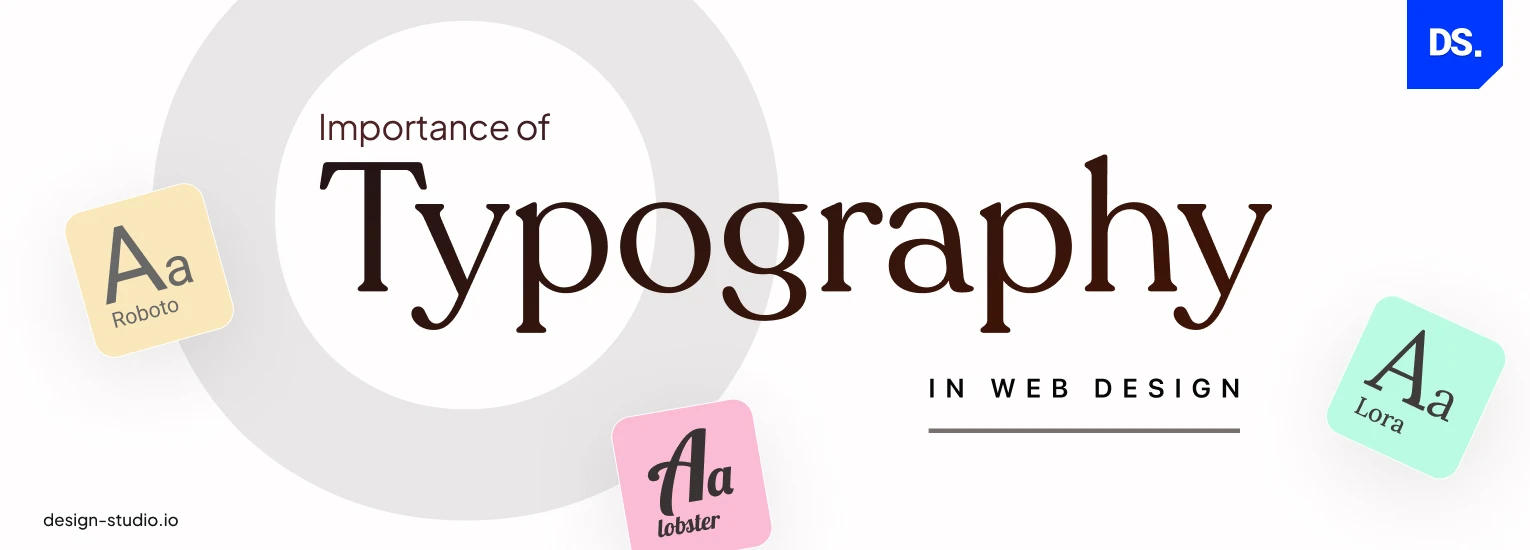
Type Editorial
The Power of Typography in Modern Web Design
Typography
WebDesign
UIUX
Trending
Typography is a fundamental element of design that greatly influences the visual appeal and readability of digital interfaces. In recent years, typography trends have undergone a significant transformation, playing a pivotal role in reshaping the landscape of web design. This editorial aims to explore the evolving role of typography in modern web design and provide insights into techniques for leveraging typography effectively to enhance design aesthetics and readability. Gone are the days when web designers were limited to a handful of standard fonts. With the advent of web fonts and advanced typography tools, designers now have an extensive library of typefaces at their disposal, enabling them to create unique and engaging user experiences. From sleek sans-serifs to elegant serifs and playful display fonts, the options are virtually limitless, allowing designers to tailor typography choices to suit the tone and personality of the brand. Beyond mere aesthetics, typography plays a crucial role in shaping the user experience. The choice of fonts, font sizes, spacing, and hierarchy can significantly impact readability and accessibility. In an era where content consumption occurs across a myriad of devices and screen sizes, responsive typography has emerged as a vital consideration for web designers. By employing fluid typography techniques, designers can ensure that text scales seamlessly across devices, providing an optimal reading experience for users. Moreover, typography serves as a powerful tool for establishing visual hierarchy and guiding user attention. Through strategic use of font weights, sizes, and colors, designers can direct users’ focus towards key elements such as headlines, calls-to-action, and navigation menus. By mastering the art of typographic hierarchy, designers can create layouts that are both visually engaging and easy to navigate. In addition to traditional typefaces, variable fonts have gained popularity for their ability to offer greater flexibility and control over typography. Variable fonts allow designers to adjust various typographic properties such as weight, width, and slant within a single font file, offering unparalleled versatility in design. This versatility not only streamlines the design process but also enhances performance by reducing the number of font files required for a website. As with any design element, moderation is key when it comes to typography. While experimenting with diverse typefaces can add visual interest, overloading a design with an excessive variety of fonts can lead to clutter and confusion. Designers should strive for consistency and coherence in typography choices, maintaining a harmonious balance between creativity and readability. In conclusion, typography plays a central role in shaping the visual identity and user experience of modern websites. By staying abreast of typography trends and leveraging advanced tools and techniques, designers can create captivating and user-friendly interfaces that leave a lasting impression. Whether it’s establishing brand personality, enhancing readability, or guiding user navigation, typography remains a powerful tool in the arsenal of web designers, driving innovation and creativity in digital design.

Empowering innovation, we craft seamless solutions for a connected future.
